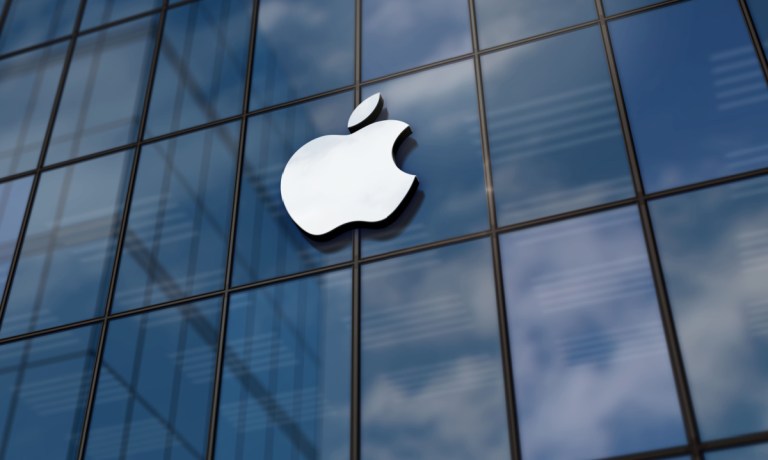
Thursday (May 2) will see Apple announce its latest quarterly earnings results.
Amid the volatility of hardware sales that springs to mind, there may be signs of pressure as the tech giant seeks to expand its ecosystem.
Some of what we might term the company’s “core” or “bread and butter” top-line contributors, through apps and iPhones, as well as tougher sledding in China, may temper at least some of the near-term outlook.
Apple has been on a multiyear journey to move more fully into payments, apps and subscriptions. The company does not break out exactly how much it gets from key components of its services unit.
But as noted in the wake of its most recent earnings report, service-focused offerings have been a growth engine — although the growth is slowing. In the fiscal first quarter, product-related revenues were up only slightly. Service-related revenue growth was 11%, where once the segment’s growth rate topped 20%. iPhone sales were up a bit less than 6%.
iPhones represented 59% of consolidated net sales in the period, so a fair amount of top-line momentum is tied to that product line. China, where sales were down roughly 13%, still accounts for a high-teens percentage-point contribution to sales.
Last week, reports surfaced that iPhone sales in China sank by 19% during the last quarter. Apple dropped to third place in the market, roughly on par with rival Huawei, which saw sales climb nearly 70%.
Separate reports from research firm IDC said global iPhone sales were off 10%, so the market shifts are likely to stymie any real momentum here. A further line of competition may come as China President Xi Jinping is scheduled to visit Europe in early May to improve trading relations with the region.
Europe represented 25% of consolidated Apple sales in the most recently reported quarter and grew by nearly 10%. Europe has been a region of some regulatory back and forth for Apple. As reported in late April, European Union antitrust regulators are reportedly preparing to approve Apple’s tap-and-go mobile payments system proposals as early as May. Under the proposals, the company will open its system to rivals, and users can download apps directly from developers.
In the United States, the Department of Justice filed an antitrust suit against Apple earlier this year, as the tech firm allegedly “inhibited the creation” of cross-platform, third-party digital wallets and prevented third-party apps from offering tap-to-pay functionality.
PYMNTS Intelligence found an embrace among younger consumers of Apple Pay, although that embrace is muted against more traditional payment methods such as credit and debit cards. Among online shoppers, 8.8% of those in Generation Z used Apple Pay as their most common payment method when making digital purchases — more than twice the 4% of millennials who did the same, and above the 1.1% of Generation X and 0.8% of baby boomers and seniors who did so.
Separately, and as noted by Karen Webster, 54% of Apple Pay users and 45% of iPhone users earn more than $100,000 a year.
What remains to be seen is if the Apple ecosystem will face some growing pains with hardware pressures, especially outside the U.S. and as regulatory challenges continue to reshape the competitive landscape.